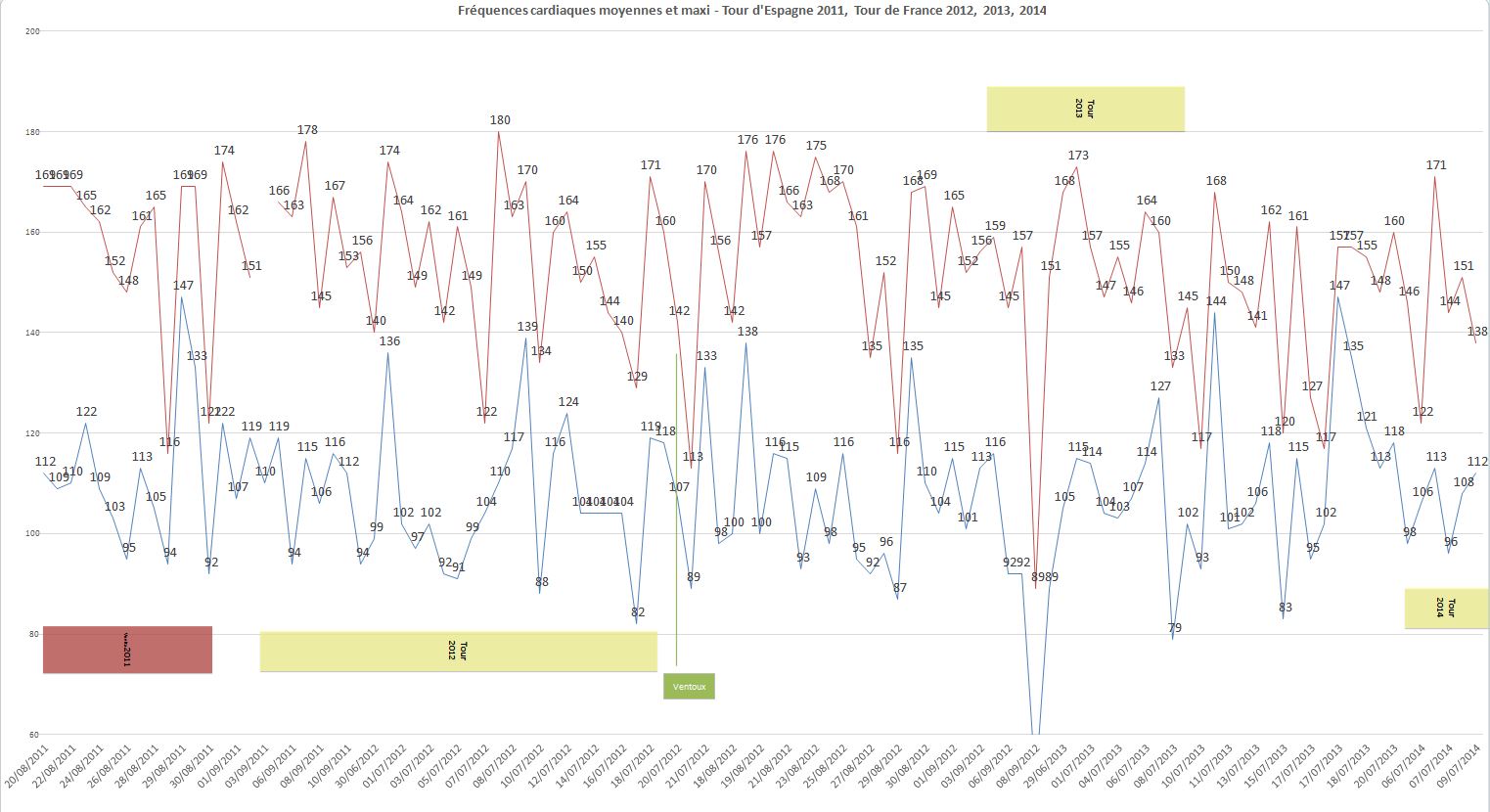- Mar 10, 2009
- 2,973
- 5
- 11,485
thehog said:I don’t think he had a motor, that we all agree, however the rear resistance was controlled at a set level, it wasn’t measuring his power output per se. You really only had one independent measurement of power which came from the crank arm.
The sub-maximal testing undertaken by Chris Froome required him to ride on his own bike connected to an ergometer that controlled the power independent of cadence. The test started at 250 watts and increased at a rate of 25W every four minutes. This test was done twice — once under ambient conditions, and once under hot and humid environmental conditions.
If only you would do even the least amount of cursory research before posting nonsense...
The test was performed on a Computrainer. It both measures the actual load as well as provides a means to control that load while cycling, if required. It is quite effective at doing both at the same time. This is ergometer 101.
It's not new technology, having been in use for decades with hundreds of thousands of such data files created every month on such ergometers. I own one myself and have performed hundreds of tests on them.








